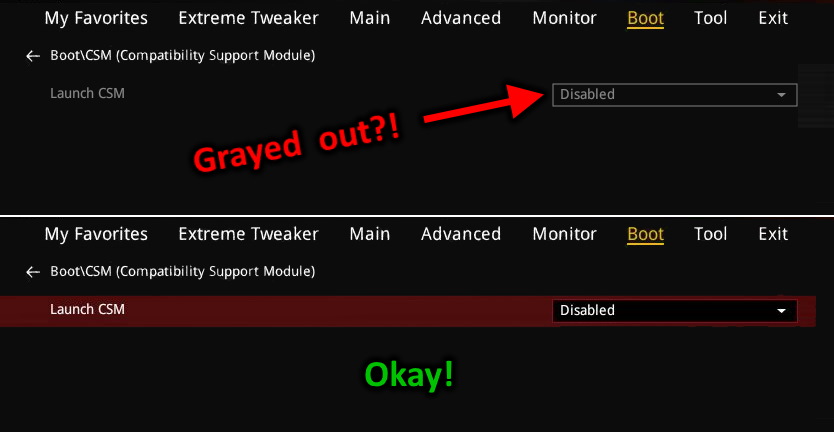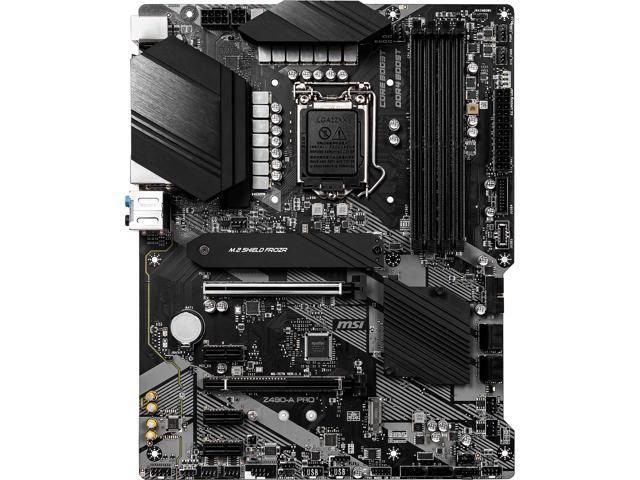

Refer to the manufacturer’s website for the latest drivers.
#Intel motherboard not able install ubuntu from usb drivers
Make sure you have the latest drivers for the USB device you are using.If you see messages in Windows like A Hi-speed USB device is plugged into a non-Hi-speed USB hub, try the following: USB 2.0 devices operate at USB 1.1 speeds (May be listed as USB Legacy)Īny USB mouse or keyboard should now work in DOS mode. Go to the Advanced > USB Configuration menu.Enter BIOS Setup by pressing F2 during boot.Attach a PS/2 keyboard to the computer and boot the system.Responding to ScanDisk and other messages during the start-up sequence.Windows blue screen errors that ask you to Press any key to continue.

Starting your computer from a floppy disk or leaving a floppy disk in the drive when you turn on or restart your computer.Starting your computer in MS-DOS mode (instead of opening a MS-DOS session from Windows).If USB Legacy Support is disabled in the BIOS, you will not be able to use your USB mouse or keyboard in any of the following situations: Go to the Configuration > Onboard Devices > USB menu.Enter BIOS Setup by pressing F2 during boot.If drivers are required for the USB device, make sure you have the latest driver from the device manufacturer.If errors in Device Manager are present, reinstall the Intel® Chipset Driver Software.Check Device Manager for errors on USB and system devices.Make sure all drivers have been properly installed: If you plug in a USB device and it is not detected in Windows*, check the following:

Support for Intel® USB 3.0 eXtensible Host Controller Driver This guide provides tips for troubleshooting issues related to USB on Intel® Desktop Boards.


 0 kommentar(er)
0 kommentar(er)
